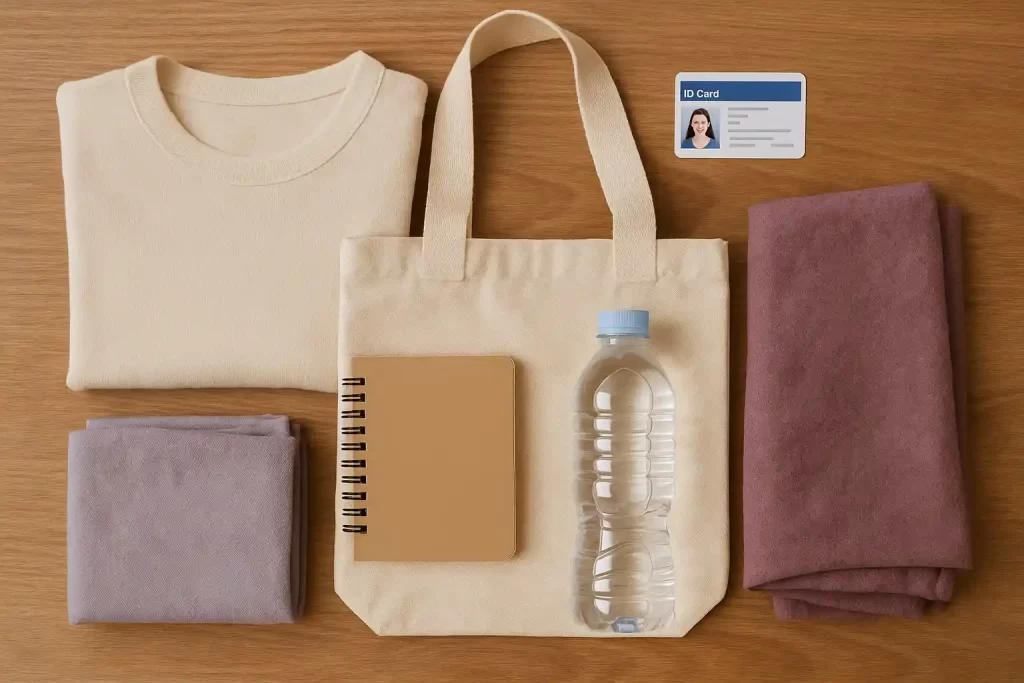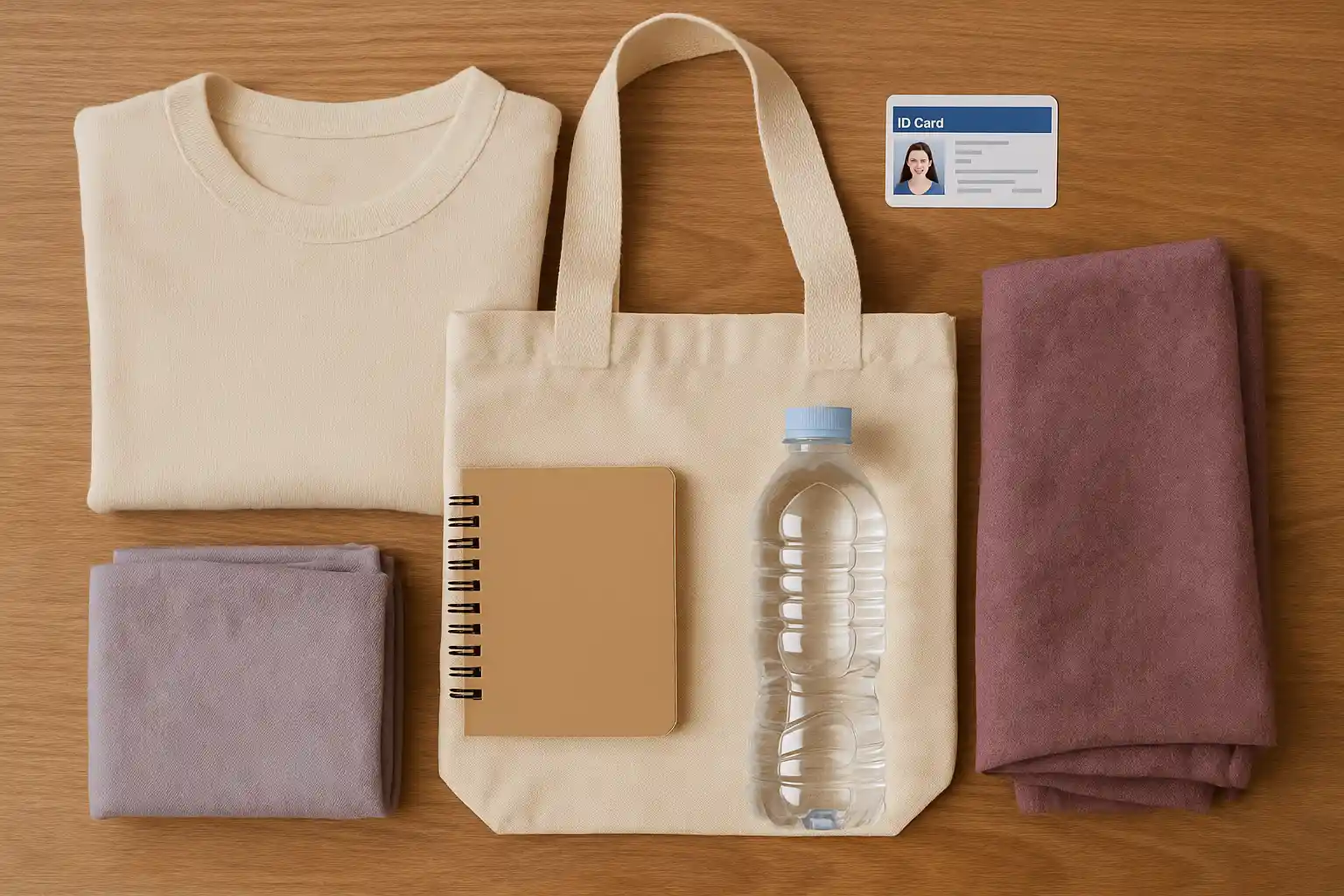After experiencing something as traumatic as a non-consensual assault, in a perfect world survivors would walk into centers designed just for them, spaces with soft lighting, calming nature sounds, warm blankets, and people ready to listen without judgment.
Unfortunately, that’s not the reality. The reality is hospitals and clinics, with harsh fluorescent lights, long waits, and staff who may or may not be trained in trauma care. While these places can feel clinical and intimidating, they are also where survivors can receive medical attention, collect evidence if they choose, and take the first steps toward healing. Having a simple checklist of what to bring can make this process feel a little less sterile and a little more within your control.
Survivor’s Checklist
Bring if you can, but remember: your safety comes first.
- A trusted support person — friend, family member, or advocate.
- Form of ID — driver’s license, state ID, or school ID if you have it.
- Insurance card (if you have one, but lack of insurance will not prevent care).
- Change of clothes — if the clothes you were wearing may be collected as evidence.
- Comfort items — a sweater, blanket, or even headphones.
- List of medications you take regularly, including over-the-counter.
- Any documentation (if you’ve already reported) — case number, officer’s name.
- Water and snacks — exams can take time, and hospitals aren’t always quick with food.
- Phone charger — practical but often overlooked.
- Notebook or notes app — to jot down what medical staff explain or resources they provide.

